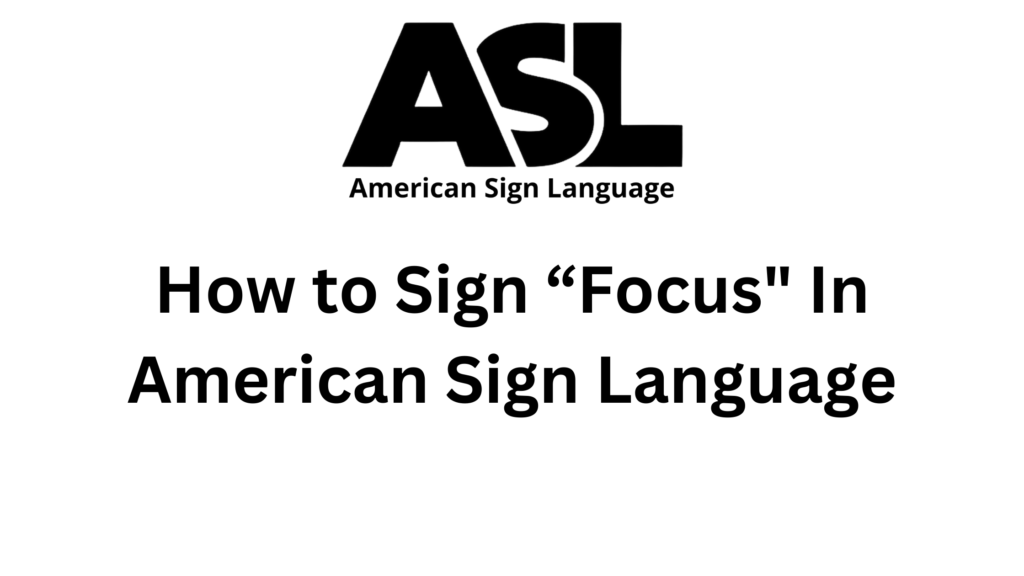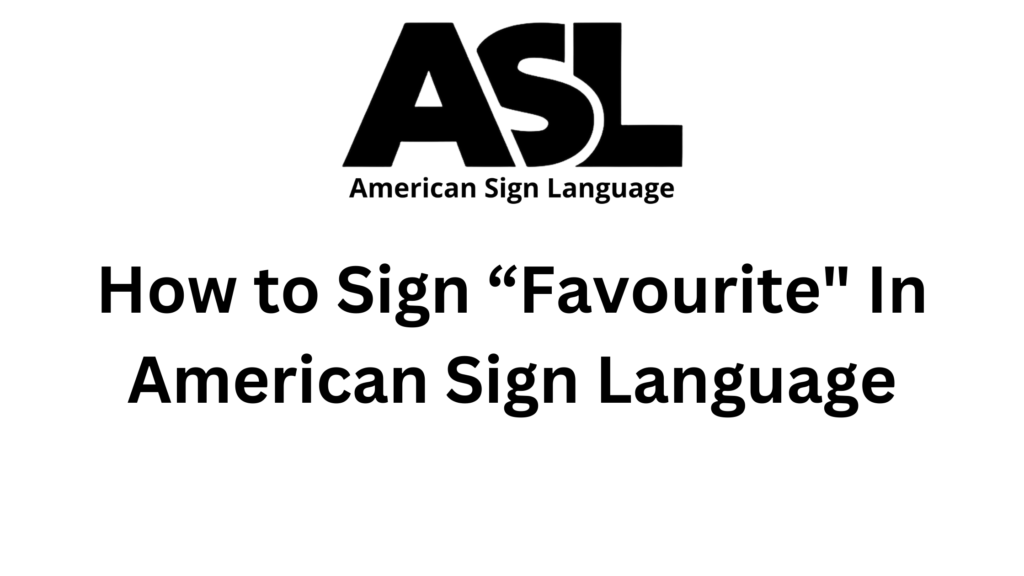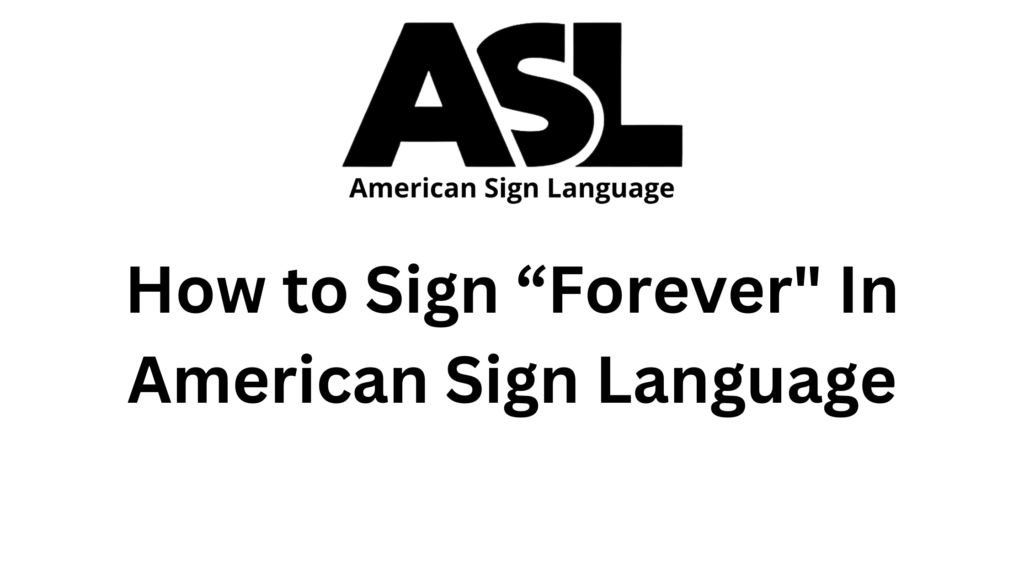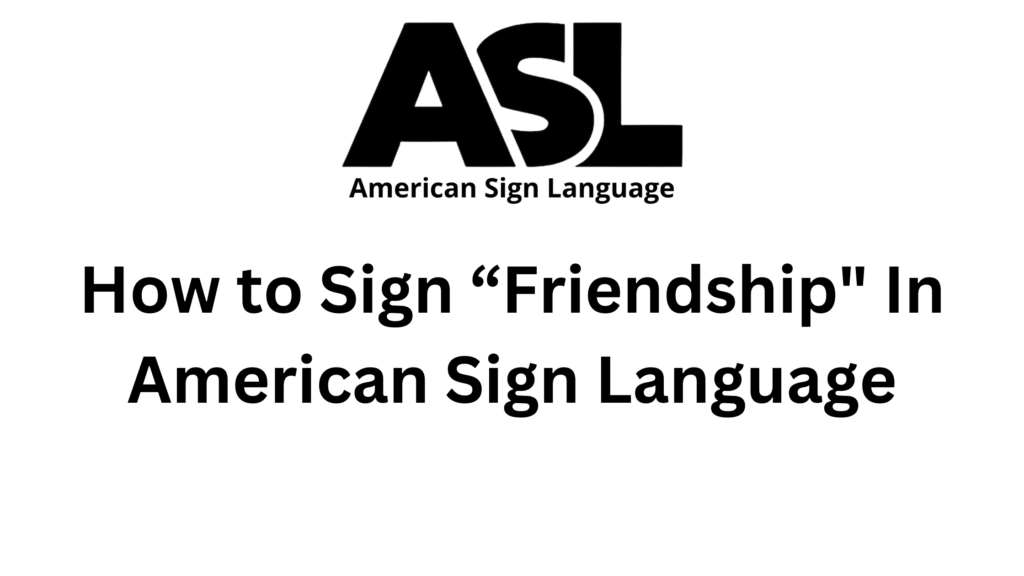Introduction to “Fine” in ASL
American Sign Language (ASL) is a vibrant and expressive language used by the Deaf community in the United States and parts of Canada. One commonly used sign is “fine.” Learning to sign “fine” is not only useful for daily conversations but also a great step in expanding your ASL vocabulary. This guide will take you through everything you need to know to sign “fine” effectively and confidently.
Basic Handshape and Orientation of “Fine”
To sign “fine” in ASL, you need to start with the correct handshape and orientation. Here’s how:
- Handshape: Use an open hand with fingers spread apart.
- Orientation: Your palm should face towards your chest, and your thumb should be touching your chest.
These basics will help you form the correct sign for “fine.”
Step-by-Step Signing Instructions for “Fine”
Now that you understand the basic handshape and orientation, let’s go through the step-by-step instructions for signing “fine.”
- Position Your Hand: Raise your dominant hand to chest level, with fingers spread out.
- Touch Your Thumb to Your Chest: Place the tip of your thumb on the center of your chest.
- Move Your Hand Slightly: Move your hand forward and slightly outward from your chest. This motion is subtle but important.
By following these steps, you will be able to sign “fine” accurately.
Facial Expressions and Non-Manual Markers for “Fine”
In ASL, facial expressions and non-manual markers (NMMs) play a crucial role in conveying meaning. When signing “fine,” your facial expression should match the context of the conversation.
- Neutral Expression: Use a neutral facial expression for a general or casual context.
- Smiling Expression: If you are happy or feeling positive, smile slightly.
- Serious Expression: Use a more serious expression if the context is more formal or serious.
These facial expressions help convey the appropriate tone and context of your message.
Common Variations and Regional Differences for “Fine” Sign Language
ASL, like any language, can have regional variations. The sign for “fine” might differ slightly depending on where you are.
- Standard Sign: The steps described above are widely accepted.
- Regional Variations: In some areas, people might use a different handshape or movement. For example, some might use a more pronounced motion.
Being aware of these variations can help you better understand and communicate with people from different regions.
Practicing and Politeness for “Fine” Sign Language
Practice is key to becoming fluent in ASL. Here are some tips for practicing the sign for “fine”:
- Practice Daily: Make it a habit to practice signing “fine” every day.
- Use a Mirror: Sign in front of a mirror to check your handshape and facial expressions.
- Sign with Friends: Practice with friends or family members who know ASL.
Being polite in ASL also involves using the correct signs and showing respect for the culture. Always be mindful of your facial expressions and body language.
Using “Fine” in Everyday Situations
Knowing how to sign “fine” is useful in many everyday situations. Here are a few examples:
- Responding to “How are you?”: “I’m fine, thank you.”
- Describing Conditions: “The weather is fine today.”
- Giving Feedback: “Your work is fine.”
Using the sign for “fine” in different contexts helps you become more comfortable and fluent in ASL.
Additional Signs for “Fine”
To expand your ASL vocabulary, here are some additional signs related to “fine”:
- Good: Place your dominant hand with fingers together on your chin and move it downward to rest on your non-dominant hand.
- Okay: Form the letters “O” and “K” with your hands, similar to fingerspelling.
- Great: Make two thumbs-up signs and move them in small circles.
Learning these additional signs will give you a broader understanding of ASL and make your communication more versatile.
Cultural Considerations of “Fine” in ASL
Understanding the culture behind ASL is important. The Deaf community values clear and expressive communication. Here are some cultural tips:
- Respect the Language: Always strive to use ASL correctly and respectfully.
- Engage with the Community: Participate in Deaf events and practice signing “fine” and other words with native users.
- Be Patient: Learning a new language takes time. Be patient with yourself and others.
By considering these cultural aspects, you will become a more respectful and effective communicator in ASL.
Conclusion of “Fine”
Signing “fine” in ASL is a valuable skill that enhances your ability to communicate with the Deaf community. By understanding the basic handshape, orientation, and facial expressions, you can accurately sign “fine.” Remember to practice regularly and be mindful of cultural considerations. With dedication and practice, you will become more proficient in ASL.
For more information on learning ASL and other signs, visit our homepage.




